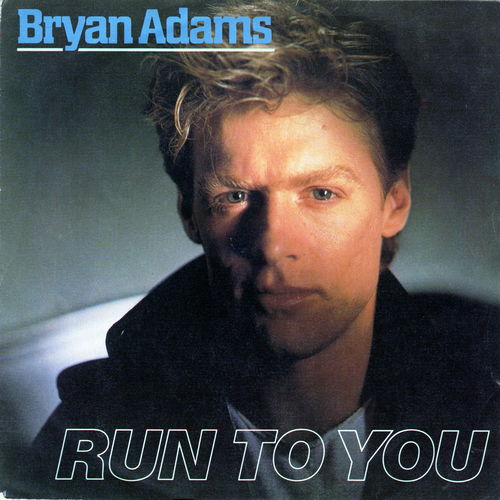Understanding the Wasp Bite
 When you’re stung by a wasp, it can be a painful and unsettling experience. Understanding what to do for a wasp bite sting is crucial in managing the symptoms and preventing complications. Here’s a detailed guide on how to handle a wasp sting.
When you’re stung by a wasp, it can be a painful and unsettling experience. Understanding what to do for a wasp bite sting is crucial in managing the symptoms and preventing complications. Here’s a detailed guide on how to handle a wasp sting.
Identifying a Wasp Sting
A wasp sting is characterized by a sharp, stinging pain followed by redness, swelling, and itching at the sting site. In some cases, you may also notice a small, white pustule at the sting location. If you’ve been stung, it’s important to identify the symptoms early to take appropriate action.
Immediate First Aid

1. Remove the Stinger
If the stinger is still attached to your skin, gently scrape it out with a credit card or your fingernail. Avoid squeezing it, as this can release more venom into the wound.
2. Clean the Wound
Wash the sting area with soap and water to prevent infection. You can also apply a cold compress to reduce swelling and numb the pain.
3. Apply a Pain Reliever
Over-the-counter pain relievers like ibuprofen or acetaminophen can help alleviate the pain. Follow the dosage instructions on the label.
Managing Symptoms

4. Reduce Swelling
To reduce swelling, apply a cold compress to the sting area for 10-15 minutes at a time. You can also elevate the affected limb to help minimize swelling.
5. Relieve Itching
To soothe the itching, apply a hydrocortisone cream or calamine lotion to the sting area. Avoid scratching, as this can worsen the itching and increase the risk of infection.
6. Take Antihistamines
Antihistamines can help reduce itching and swelling. Consult your doctor or pharmacist for the appropriate dosage.
When to Seek Medical Attention
While most wasp stings can be treated at home, there are certain situations where you should seek medical attention:
1. Multiple Stings
If you’ve been stung multiple times, especially if you’re allergic to wasp venom, seek medical attention immediately.
2. Severe Allergic Reactions
Signs of a severe allergic reaction include difficulty breathing, swelling of the throat, hives, dizziness, or a rapid heart rate. If you experience any of these symptoms, seek emergency medical care.
3. Worsening Symptoms
If the pain, swelling, or redness at the sting site worsens, or if you develop a fever or other symptoms of infection, consult a healthcare professional.
Preventing Future Stings
4. Avoid Wasp-Nest Areas
Stay away from areas where wasp nests are located. If you’re unsure about the location of a nest, consult a professional to remove it.
5. Wear Protective Clothing
When working in gardens or other outdoor areas where wasps may be present, wear long sleeves, pants, and closed-toe shoes to minimize the risk of being stung.
6. Use Insect Repellent
Apply insect repellent containing DEET or picaridin to your skin and clothing to deter wasps.
Conclusion
Knowing what to do for a wasp bite sting can help you manage the symptoms and prevent complications. By following these steps, you can ensure a safe and comfortable recovery from a wasp sting. Remember to seek medical attention if you experience severe symptoms or have a known allergy to wasp venom.



